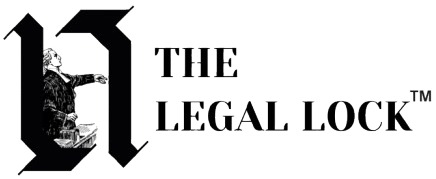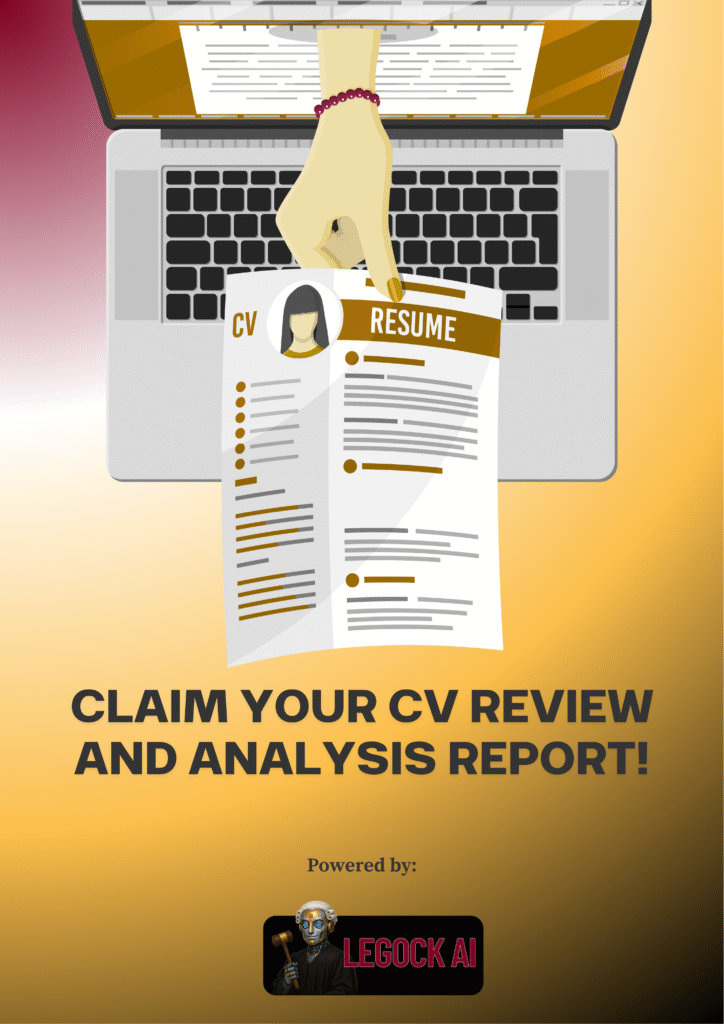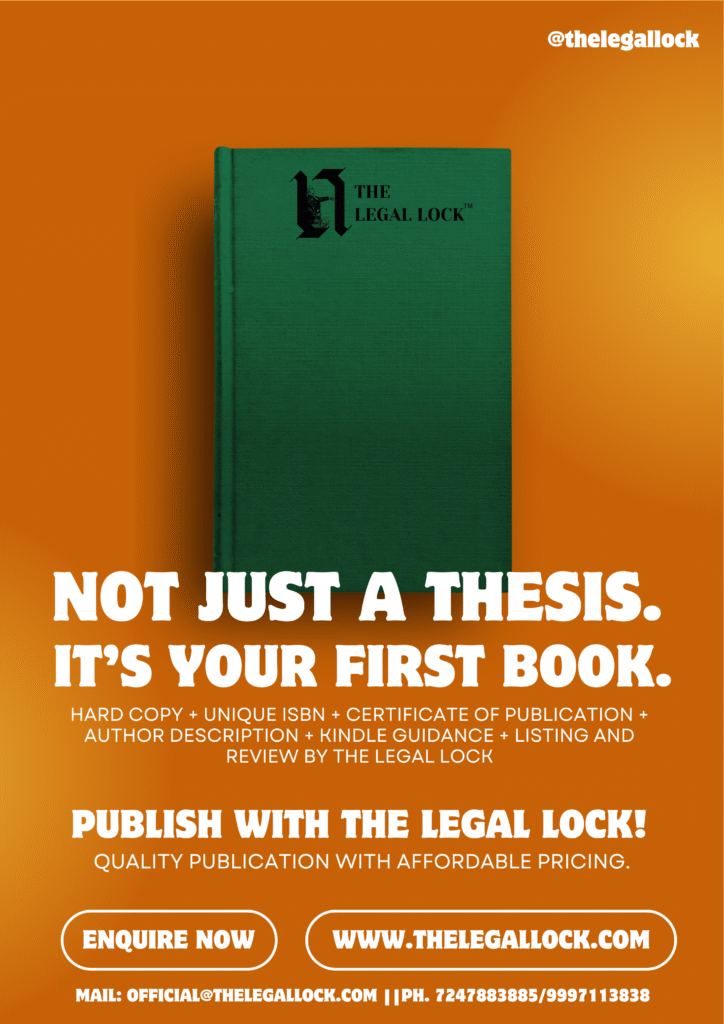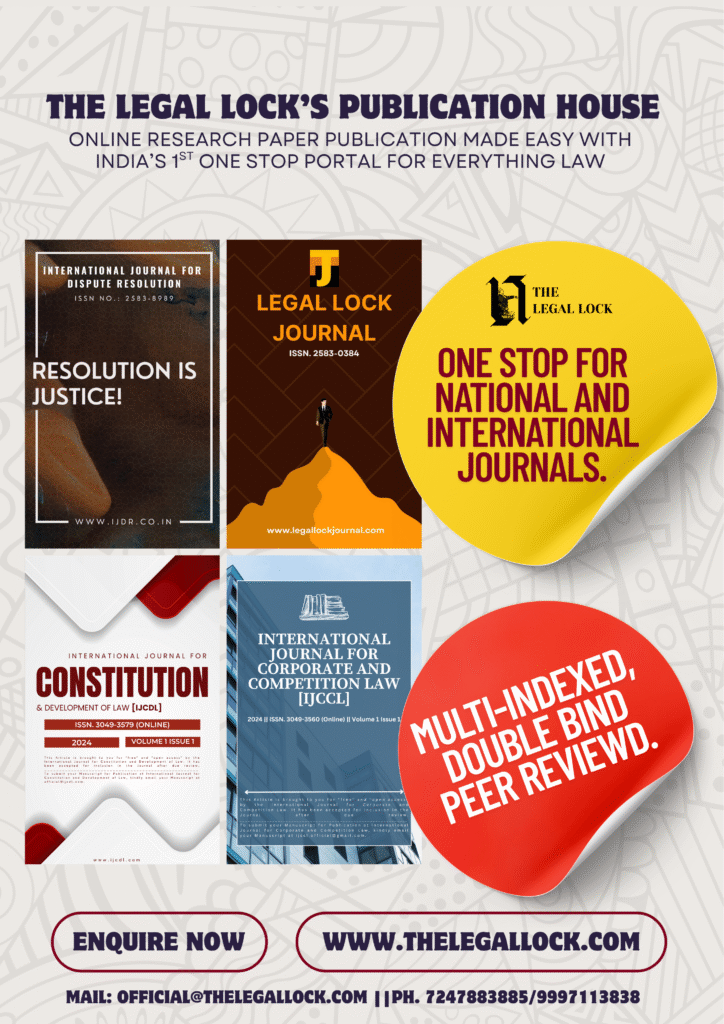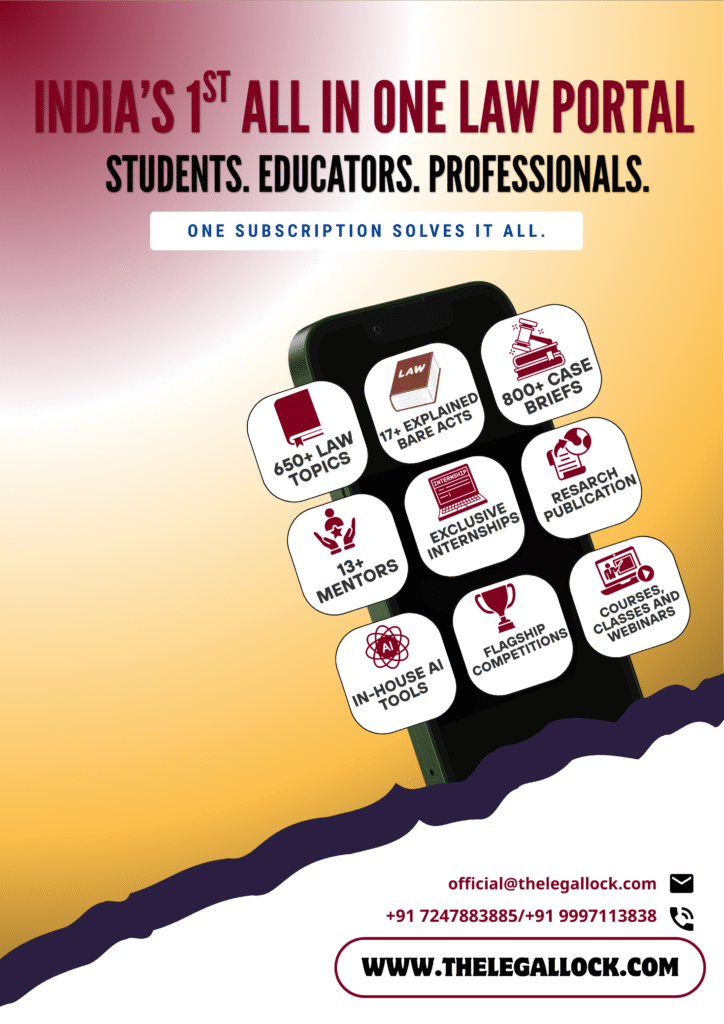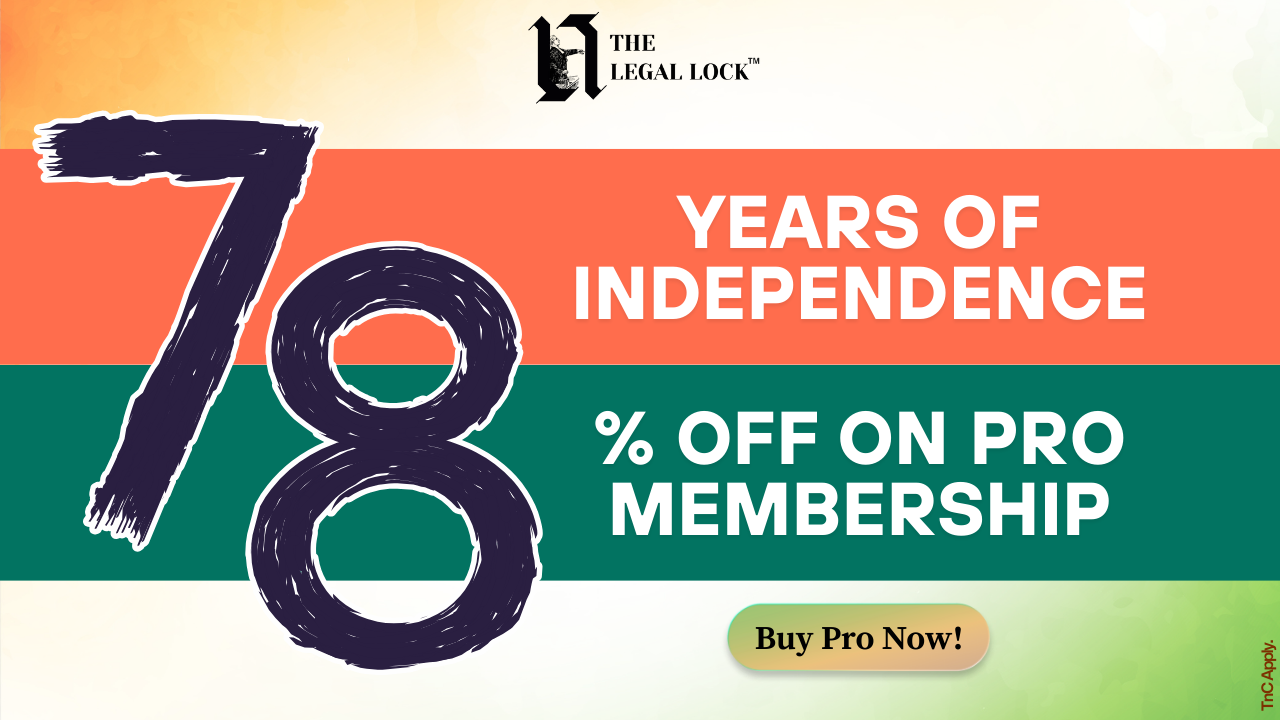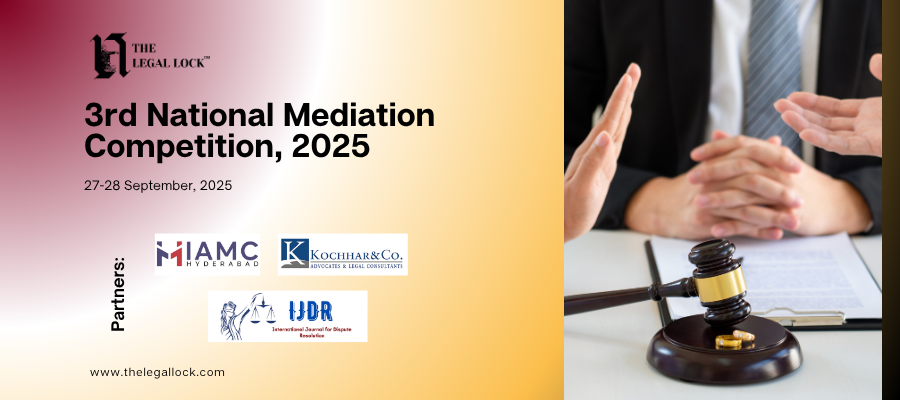Case brief: Neon Laboratories Ltd vs Medical Technologies Ltd & Ors
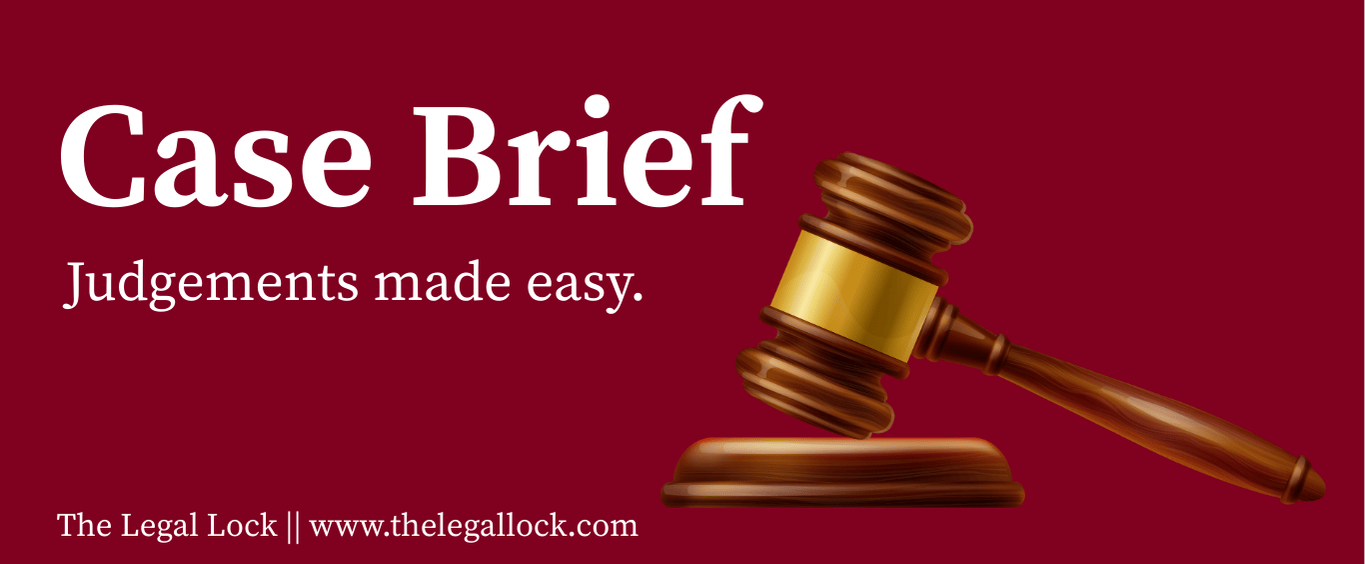
| Citation | [2015] 6 SCC 1 |
| Court | Supreme court of India |
| Date | October 5, 2015 |
| Appellant | Neon Laboratories Ltd |
| Respondent | Medical Technologies Ltd & Ors |
Introduction
The Supreme Court of India rendered a major decision in the case of Neon Laboratories Ltd vs. Medical Technologies Ltd & Ors, which deals with important questions pertaining to trademark rights, specifically the protection of goodwill in the pharmaceutical sector and the concepts of prior use versus registration. The ruling highlights the significance of protecting consumers from market uncertainty while also elucidating the legal status of trademarks.
Facts of the case
- Background of the case:
Pharmaceutical items are manufactured and marketed by the Plaintiff-Respondents, Medical Technologies Ltd. They have built a solid reputation and goodwill in the industry, especially with their product “Propofol,” a generic medication and molecular preparation that was first made available in India in 1998 by their predecessor, Hematal Biologicals Ltd. –
The Plaintiff-Respondents created the trademark “PROFOL” in April 1998 and submitted an application for registration on May 24 of the same year. By granting product approval for “Propofol” on May 2, 1998, the Drug Controller of India strengthened their claim to the brand.
- Defendant-Appellant’s Position:
The defendant-appellant, Neon Laboratories Ltd., filed for and was granted registration of its trademark “ROFOL” on October 19, 1992, and September 14, 2001. Their claim to the mark was called into question, nevertheless, because they didn’t start using it until October 16, 2004.
Since the Plaintiff-Respondents had applied for the trademark several years prior, the Defendant-Appellant contended that their registration should supersede their use.
- Legal Proceedings:
The Plaintiff-Respondents sued the Defendant-Appellant, arguing that the trademark “ROFOL” was confusingly similar to their trademark “PROFOL,” and sought an injunction to stop its use. They also asked for an accounting of earnings and damages.
The Gujarat High Court later upheld the injunction granted by the Trial Court in favour of the Plaintiff-Respondents. The Supreme Court thereafter received an appeal from the Defendant-Appellant.
Issues of the case
Several important legal questions were brought up in the case:
- Prior User Rights vs. Registration: Does a trademark’s prior user need to be proven between the date of the application for registration and the defendant-appellant’s actual use?
- Prima Facie Case Establishment: In order to get a temporary injunction, the Plaintiff-Respondents had to prove a prima facie case.
- Irreparable Loss and Convenience: The Plaintiff-Respondents’ risk of suffering irreparable harm in the event that the injunction was denied was weighed against the convenience of the situation.
Arguments of the case
For Neon Laboratories Ltd., the appellant:
The appellant-defendant argued that the circumstances at the time of their application were relevant and that their trademark, “ROFOL,” was registered. They contended that the Plaintiff-Respondents’ claim to the trademark was void since they were not market entities at the time. They underlined that the registration should be accepted since the Plaintiff-Respondents had not proven that their trademark had been used before the Defendant-Appellant’s use.
Regarding Medical Technologies Ltd. and its affiliates, the respondents:
Prior to the Defendant-Appellant starting to use “ROFOL,” the Plaintiff-Respondents contended that they had been using the trademark “PROFOL.” They demonstrated the launch of their product and their marketing initiatives, which built their reputation in the marketplace. They asserted that the two trademarks’ similarities would cause consumers to become confused, which would be detrimental to their business and reputation.
Judgement of the case
In its complete ruling, the Supreme Court upheld the lower courts’ rulings. The following were the judgment’s main points:
- Proof of Previous Use: The Court determined that before the Defendant-Appellant started using “ROFOL,” the Plaintiff-Respondents had demonstrated prior use of the trademark “PROFOL.” According to the evidence put forth, the Plaintiff-Respondents had established a sizable reputation for their goods in the marketplace.
- The prima facie case
The Court determined that the Plaintiff-Respondents had a strong enough argument to support an interim injunction. The Plaintiff-Respondents had established a name in the pharmaceutical business and had been actively marketing their product, according to the evidence.
- Balance of Convenience: The Court underlined how crucial it is to weigh convenience in trademark disputes. It concluded that the Plaintiff-Respondents’ risk of irreversible loss outweighed any hardship to the Defendant-Appellant. Because the pharmaceutical industry depends so largely on brand recognition, any misunderstanding could seriously hurt the Plaintiff-Respondents’ business.
4.Unreparable Loss: The Court acknowledged that if the injunction was denied, the Plaintiff-Respondents would sustain irreversible harm. Because of the nature of the pharmaceutical industry, it is imperative that competing products be clearly distinguished in order to safeguard customer interests and preserve brand trust.
- Consistency in the Judiciary: The ruling emphasised the necessity of uniformity in court rulings in order to avoid contradictory directives from several jurisdictions. The Court pointed out that permitting the Defendant-Appellant to use a similar trademark might cause misunderstandings and compromise the fairness of the legal system.
Legal principles
Several significant legal issues pertaining to trademark law were established by the Supreme Court’s decision in this case:
- Previous User Rights: Prior user rights are crucial in establishing trademark ownership, the Court underlined. Actual usage in the market is a major factor in determining trademark rights; the date of application for registration is not the only one.
- Short-Term Orders: The requirements for issuing temporary injunctions were restated, and they still include the likelihood of irreparable injury, the balance of convenience, and the establishing of a prima facie case. The Court emphasised how crucial it is to preserve long-standing goodwill in the marketplace.
- Protection of Consumers: In trademark disputes, the ruling upheld the consumer protection premise. The Court acknowledged that consumer misunderstanding could have serious negative effects on the public’s trust in the goods they buy as well as the firms involved.
- Legal precedent: The decision establishes a standard for trademark proceedings in the future, especially in the pharmaceutical industry, where brand identity is essential to customer confidence and commercial success.
Conclusion
In Neon Laboratories Ltd vs. Medical Technologies Ltd & Ors, the Supreme Court rendered a historic decision that makes sense of India’s trademark laws. The Court has strengthened the rules governing trademark law by highlighting the significance of past use, the balance of convenience, and the protection of goodwill. This case highlights the necessity for companies to safeguard their brand identities in a market that is becoming more and more competitive, and it also serves as a crucial point of reference for future disputes. In addition to safeguarding the Plaintiff-Respondents’ rights, the ruling establishes a standard that will direct how matters of a similar nature are resolved going forward. The guidelines set forth in this case will continue to be applicable as the pharmaceutical sector develops.
